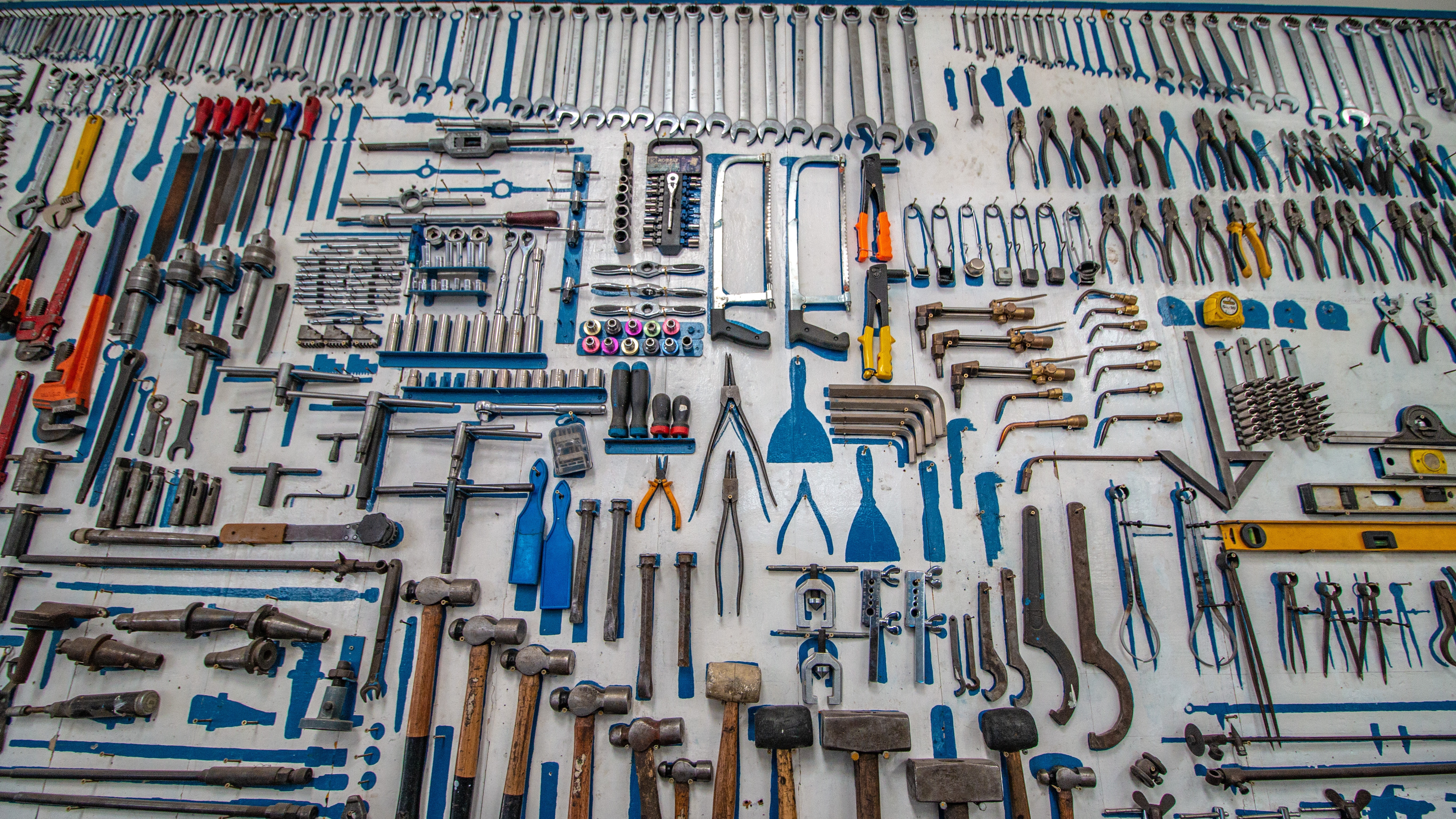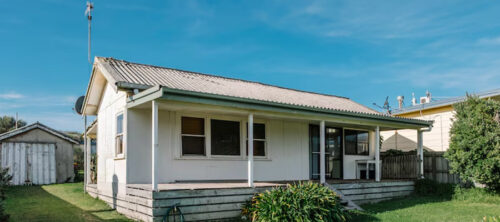If you’re a homeowner or even a homesteader, protecting the value of your investment proves critical. Failing to perform routine maintenance tasks can result in pricey repairs. But many residents don’t know what steps to take to protect their property.
Covering yourself with a home warranty and insurance policy is only half the battle. To avoid excess claims, you need to prevent big problems before you start. The following six routine inspections can save you tens of thousands of dollars down the road. Take note, and get your hard hat, gloves and boots ready for doing a bit of preventive maintenance.
1. Inspect Your Roof
A leaky roof can damage more than the top of your home. Leaks can cause walls to crumble and destroy furnishings exposed to the water. And roof collapse can prove devastating.
Correct problems while they’re small by conducting a roof inspection every six months. Take proper safety precautions by inspecting your ladder first and ensuring it is on stable ground. Wear a hard hat to protect your head if you fall. If you’ve had your roof replaced, hire a professional inspector after the first 10 years, then every three to five years after that.
2. Check Your Foundation
A crumbling foundation can cost thousands. Foundations fail when the soil around them shifts, leading to instability. If your soil is dry during much of the year, install drip systems for moisture. If in a wet area, flooding can seep through foundation walls, causing cracks.
To inspect your foundation, begin by walking around the exterior of your home. Look for areas that bulge, which may indicate instability. Seek out any cracks or water damage. Do the same with the inside perimeter of your home. One major sign of foundation problems? Uneven flooring. If you identify areas of damage, contact a licensed contractor to discuss your options.
3. Test Your Garage Door
Your garage door provides security to the interior of your home in many cases, so keeping it operational protects your family. And inspecting doesn’t only keep them protected from thieves and miscreants — 20,000 people suffer injuries from garage doors each year.
The movement of your door causes nuts and bolts on your brackets and roller tracks to loosen over time. Every month, tighten all the roller brackets, as well as any bolts that connect brackets to the rail itself. This measure prevents your door from falling on your car — or worse, your 4-year-old.
4. Search for Termites
Termites are the bane of many homeowners. These wood-consuming pests can destroy the very studs that hold up your walls, so detecting them early and eradicating the pests is paramount.
Signs of termite damage include discolored or drooping drywall or peeling paint resembling water damage. You should hire a professional termite inspector once per year. Fortunately, such inspections cost relatively little, approximately $75 to $150 in most areas. It’s a small price to pay to protect your walls.
5. Seek Signs of Water Damage
Your pipes can leak, causing extensive water damage to floors, walls and ceilings in homes with two or more stories. Inspecting your pipes, as well as the interior and exterior of your home, for leaks can save thousands.
Locate your shutoff valve and turn it off. When you do, no water should flow from faucets anywhere in the home. Inspect your water heater to see if mineral deposits have developed in the bottom. Check underneath all sink cabinets for drips or leaks. Look up to ceilings under upstairs bathroom areas to check for water damage. Contact a licensed plumber if you notice signs of leakage.
If you have a septic tank, this can also cause thousands to replace. Inspect for signs of seepage or foul odors, which can indicate foundation problems to fix before they spread.
6. Maintain Your HVAC System
Keeping your home comfortable takes a lot of energy, and HVAC repairs can cost thousands. Replace your air filters monthly, especially if you have smokers or pets in the home. Install an inexpensive programmable thermostat to help conserve energy when you’re away at work or market.
Keep the area surrounding your HVAC system clear of debris, and clean condenser coils every six months to increase efficiency. It’s a good idea to schedule routine maintenance for heating-only systems two months before the start of the cold season. For air conditioning, schedule the same period before the summer months.
Protecting Your Home Through Preventive Maintenance
Major home repairs can cost thousands of dollars. But by performing scheduled preventive care, you can catch small problems before they become major and manage reparations cost-effectively.
AUTHOR: KACEY BRADLEY
Kacey Bradley is the blogger behind The Drifter Collective, an eclectic lifestyle blog that expresses various forms of style through the influence of culture and the world around us. Along with writing for her blog, she has written for sites like U.S. News, SUCCESS, Guides for Brides, Hotel Online and more!
Follow Kacey on Twitter and subscribe to her blog to keep up with her travels and inspiring posts!









